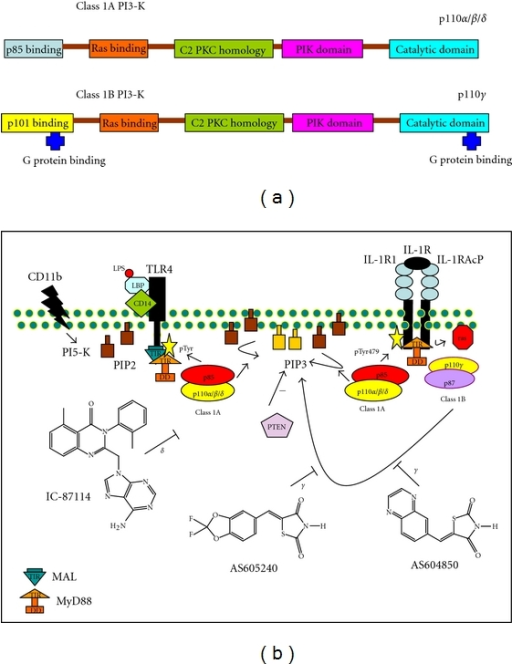
Regardless, pip3 has advantages for developers and users alike. In fact, pip3 is so similar to deb and RPM that it is often talked about in terms of distributions and packages, a habit that causes considerable confusion. In addition, pip3 packages are simpler to build than their predecessors and include detailed error and warning messages, as well as a requirement file that makes cloning installations on multiple machines easier. Like the packages in a distribution's repositories, pip3 automatically handles dependencies, installing them first to avoid the problems of a half-installed package. You should note, however that in a command, pip3 is often referenced as pip. In basic functionality, it is similar to package managers in other programming languages, such as npm in JavaScript or gem in Ruby. It replaces pip, which is used for earlier versions of Python, as well as easy_install, and can also work with eggs and wheels, two other standard Python tools designed to simplify packaging. Pip3 is the Python installer for Python 3.x releases. Both these installation choices are still popular, but, today, the popularity of the Python programming language is reflected in the increasing use of pip3. More recently, deb packages have become the norm, usually configured for Ubuntu.

#Pip3 structure install#
For years, source packages have been installed by the trinity of commands configure, make, and make install for compiling. It should install all the modules listed on the file.You can tell the popularity of Linux tools by how often they are used to install packages outside of distro repositories. After this, by invoking pip with: pip install -r In this file we could also set a version for the installation. For example, we could create the file requirements.txt and its content: Kivy-Garden=0.1.4 We can also create a txt file containing a list of modules which should be installed using pip. Pip 18.0 from /usr/local/lib/python3.5/dist-packages/pip (python 3.5) You can check the pip version by doing pip -version and/or pip3 -version: pip3 -version pip installs the Python 2 version of the package, and pip3 will install the Python 3 version of the package.įor more information on the difference between Python 2 & 3, see this guide. Note: On some systems where both Python 2 & Python 3 are installed, pip and pip3 will do different things. However, pip is more popular than using easy_install. And run it.Īn alternative to using pip would be to try easy_install. And save the file as get-pip.py Please don’t forget the.
#Pip3 structure upgrade#
You can upgrade a python module by : pip install -upgradeįor example, to upgrade the requests module to its latest version would be as simple as pip install requests -upgrade.īefore using pip, you will need to install it (it’s quite simple). The one that you’ll come across more often is -upgrade. You can even pass various arguments along with it. Installing it would be as simple as pip install requests. As it is a third party module we have to install it separately after installing python. Last time, in import-statements wiki we used requests module as an example. To install modules locally, you need to create and activate what is called a virtual environment, so pip install installs to the folder where that virtual environment is located, instead of globally (which may require administrator privileges). Side note: The difference is that with npm, npm install by default installs packages locally to a project, whereas pip install by default installs globally. If you have used npm, then you can think of it as npm of Python. The simplest way is to use pip pip install
#Pip3 structure how to#
So it's time to learn how to install these modules so that we can use those in our programs. Third party modules add so much more functionality to Python. It’s the modules that makes python so powerful! Python comes with several built-in modules, but the Python community has more to offer.


 0 kommentar(er)
0 kommentar(er)
